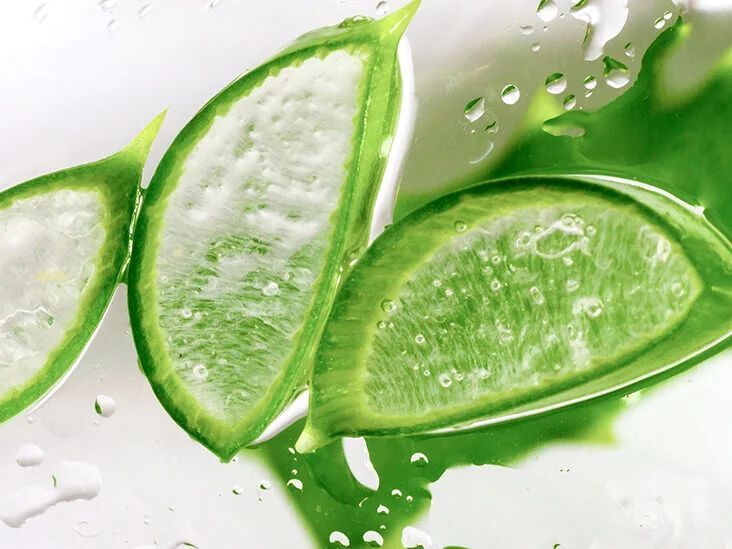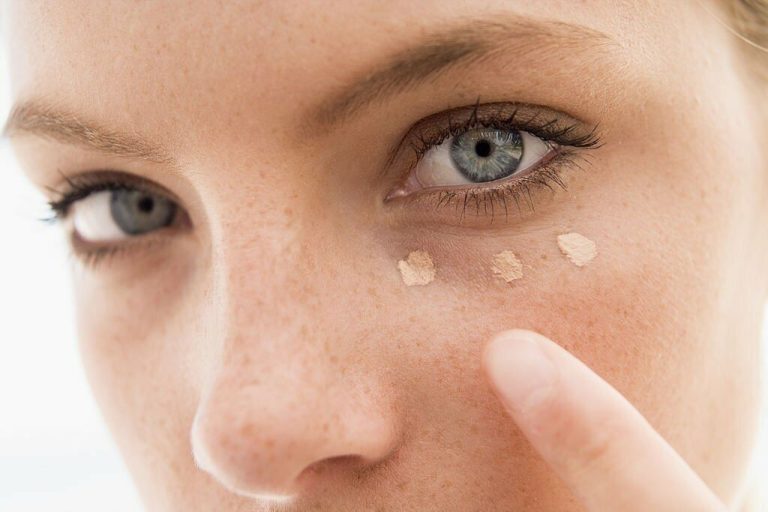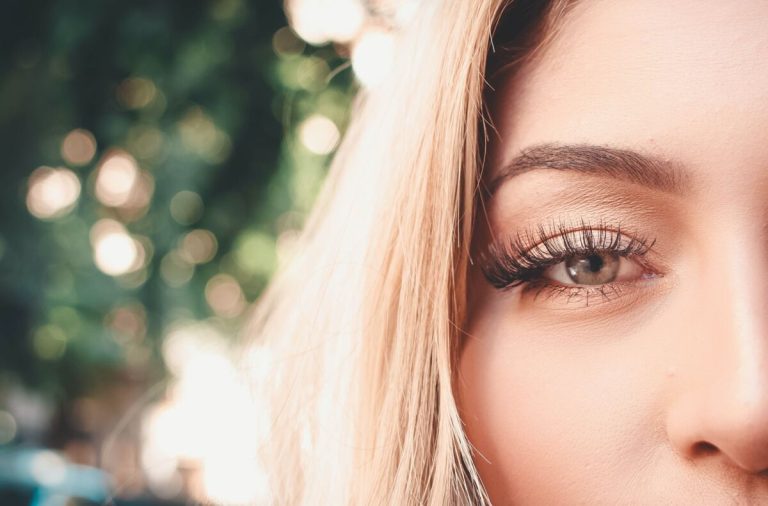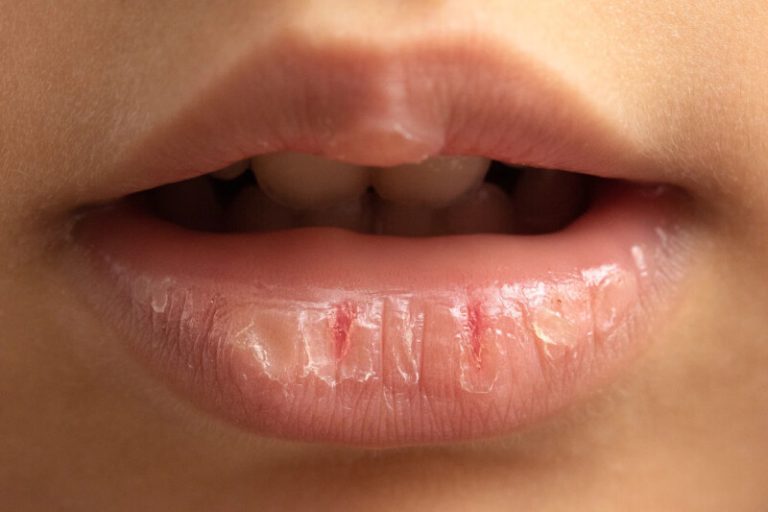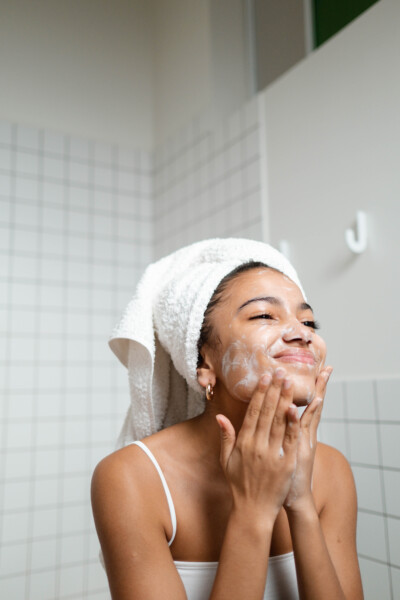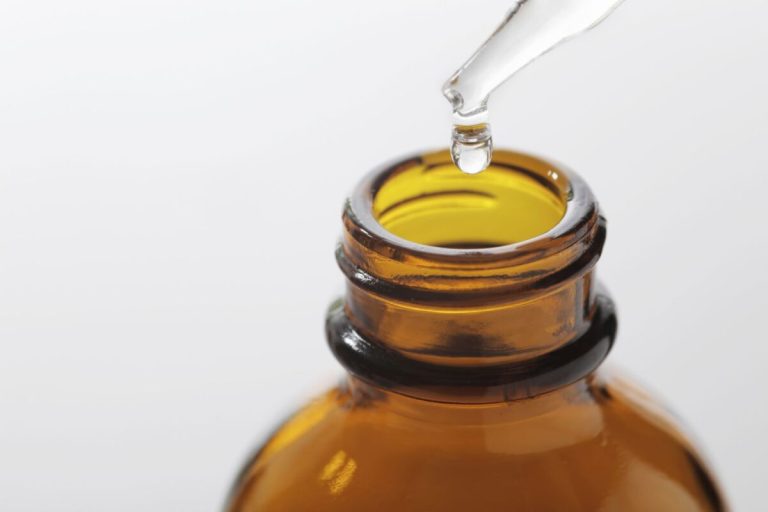Does Lipstick Expire? How to Know When Yours Have Gone Bad?
Lipstick is an essential part of many makeup routines. The perfect shade can pull a look together and make you feel confident. But have you ever wondered – does lipstick expire? Knowing the shelf life of your lipsticks and how to store them properly can help you get the most out of your favorite tubes.
The Importance of Lipstick
Contents
- The Importance of Lipstick
- Do Lipsticks Expire?
- Expiration Timelines For Different Lipstick Types
- Does Liquid Lipstick Expire?
- Can Lip Gloss Expire?
- Can Unused Lipstick Go Bad?
- How To Tell If Your Lipstick Is Expired
- Is It Safe To Use Expired Lipstick?
- What Is The Shelf Life of Lipstick?
- What Shortens A Lipstick’s Shelf Life?
- How To Prolong Your Lipstick’s Lifespan
- The Bottom Line – Toss Old Lipstick!
Lipstick is one of the most popular cosmetic items for a reason. It’s an easy way to add color and finish off your look. I love having a range of lipstick shades to transform my style – from nudes for everyday wear to bold reds for a night out. Lipstick can also help your lips look smoother and more defined.
With so many choices on the market, from drugstore classics to high-end luxury brands, I always have trouble narrowing down my options. I usually end up with more lipsticks than I can possibly use.
That got me wondering – does lipstick expire? Can I safely keep and use my favorites for years, or do they have a limited shelf life? Knowing when it’s time to replace my lipstick could help me save money and avoid potential health risks.
Do Lipsticks Expire?
The short answer is yes – lipsticks do expire. Most lipsticks have printed expiration or “best by” dates on the packaging or directly on the tube. This date indicates how long the product is estimated to retain its original properties, effectiveness, and safety.
However, many of us don’t pay close attention to expiration dates and may continue using lipstick well past its prime. It’s important to understand why lipsticks have a shelf life in the first place.
The Ingredients in Lipstick
Lipstick contains several types of ingredients that can degrade in quality over time:
- Oils and waxes – These moisturizing ingredients can oxidize when exposed to oxygen in the air. This causes them to thicken and dry out.
- Pigments – These provide the color in lipstick. They can fade or discolor with prolonged light and air exposure.
- Preservatives – These fight the growth of mold and bacteria. Without them, lipstick is more prone to germs and spoilage.
So when the oils turn rancid, pigments change, or preservatives stop working – that’s when it’s time to say goodbye to your lippie.
The Role of Preservatives
Preservatives play a key role in determining lipstick’s shelf life.
Lipsticks without preservatives or natural preservatives tend to expire faster. This is because they don’t contain the synthetic chemicals needed to prevent mold, bacteria, and other microbes from growing.
Exposure to air and light also speeds up oxidation and pigment breakdown without proper preservatives. So these “clean formula” lippies have a shorter lifespan – usually around 6 months.
Meanwhile, traditional lipsticks with chemical preservatives can last 2-3 years unopened. But once you start using them, they expire quicker due to contact with air, moisture, and applicators.
Expiration Timelines For Different Lipstick Types
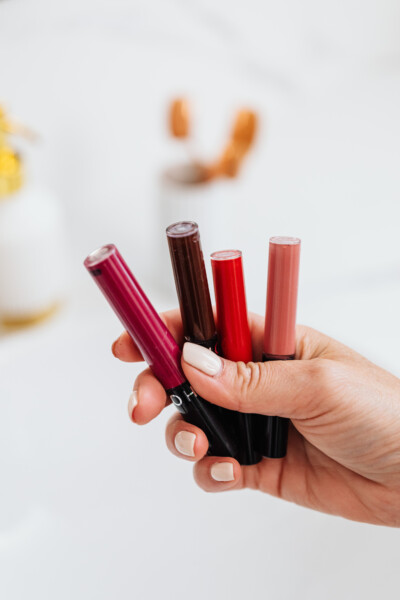
Not all lipsticks are created equal when it comes to shelf life. The specific formulation has a big impact.
Bullet Lipsticks
The classic bullet-style lipstick tends to have the longest shelf life. The firm bullet shape limits air exposure to just the top surface area. This slows down oxidation and drying compared to other formats.
For bullet lipsticks, expect a shelf life of:
- 2-3 years unopened
- 1-2 years opened
Liquid Lipsticks
Liquid lipsticks have become super popular for their ultra-pigmented, transfer-proof finish. But their thinner, more emollient texture makes them degrade faster than traditional bullets.
For liquid lipsticks, plan on:
- 1-2 years unopened
- 6-12 months opened
Lip Glosses
Lip glosses have the shortest lifespan overall. Their thin, fluid texture and slippery feel comes from lots of oils and emollients. While these make glosses feel lush and moisturizing at first, they also react quickly with oxygen and thicken or discolor over time.
Lip glosses generally last:
- 1-2 years unopened
- 6-12 months opened
Lip Stains
Long-wearing lip stains tend to have better longevity than other lip colors. Their formulas contain fewer oils and waxes. Instead, they rely on alcohol, silicones, and dyes to produce a lightweight, flexible stain that sets on lips.
Lip stains can often last:
- 2-3 years unopened
- 1-2 years opened
Does Liquid Lipstick Expire?
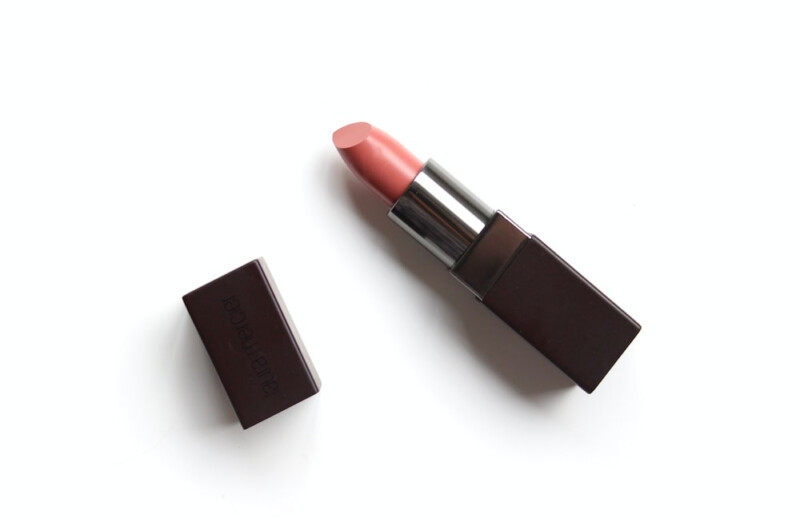
Liquid lipsticks absolutely have an expiration date. Although their intense pigments and velvety matte finish seems indestructible, liquid lipstick does break down over time.
Check the packaging or bottom of the tube – there should be an expiration or “Period After Opening” date indicated. This will tell you when to toss products for optimal freshness and safety.
Why Liquid Lipstick Expires
The biggest factor is the formula itself. Liquid lipsticks contain more emollients like oils and silicones to spread smoothly and dry down on the lips. Over time, these can oxidize and degrade.
Signs of expiration include:
- Changes in texture – becomes thicker, sticker, or more dry
- Changes in scent – develops a rancid or crayon-like smell
- Changes in color – fades, separates, or darkens
Liquid Lipstick Shelf Life
The shelf life depends on the specific brand and formulation. But in general, plan to replace liquid lipsticks:
- After 1-2 years unopened – the formula stays intact and preservatives remain strong.
- Within 6-12 months after opening – exposure to air, light, and applicators speeds up deterioration.
So check those labels before swiping on your liquid lippie! Discard any products past their prime to avoid icky texture or bad bacteria.
Can Lip Gloss Expire?
You bet lip gloss can expire! Just like other lip products, gloss has a limited shelf life. The shiny, slick formulas that make lip gloss so fun to wear also make them more prone to degradation.
Why Lip Glosses Expire
There are a few reasons lip gloss doesn’t last forever:
- Ingredient breakdown – Lip glosses contain lots of oils and emollients that can oxidize over time. These changes affect texture and performance.
- Loss of moisture – Evaporation can make glosses dry out, get sticky, or develop film on the surface.
- Bacteria growth – Lip gloss tubes collect moisture and germs from our mouths and applicators. This speeds up spoilage.
- Color change – Lip gloss pigments and dyes can fade, separate, or discolor without proper preservatives.
Using expired lip gloss isn’t dangerous per se, but it can degraded quality and aesthetics. In rare cases, it may cause minor skin irritation or allergic reactions.
How Long Does Lip Gloss Last?
Like other lip products, properly formulated lip glosses last around:
- 1-2 years unopened – the formula stays fresh and airtight in the tube.
- 6-12 months opened – contact with air, moisture, and applicators degrades quality over time.
Discard glosses past these time frames for the juiciest, glossiest results!
Can Unused Lipstick Go Bad?
What about that pristine, untouched lipstick you bought but haven’t got around to using yet? Can unused lipstick still expire?
The answer is yes – even unused lipsticks have a limited shelf life. They are designed and tested to maintain their protective qualities for a certain number of months or years when properly stored.
Opened or not, the formula will eventually start to break down:
- Oils and waxes oxidize and thicken
- Preservatives lose efficacy over time
- Pigments and dyes fade and discolor
For traditional bullet lipsticks, manufacturers recommend tossing unused tubes after 2-3 years. This helps ensure you get the product’s full benefits when you eventually put it on your lips.
So be sure to check expiration dates even on unopened lipsticks and replace them as needed for maximum freshness!
How To Tell If Your Lipstick Is Expired
Wondering if it’s finally time to declutter your lipstick stash? Here are some signs your lippie may be past its prime:
Check The Texture
Does the lipstick bullet feel extra soft or mushy when you twist it up? Is the formula abnormally thick, dry, or crumbly? These texture changes indicate your lipstick is over the hill.
Fresh lipstick should glide onto lips with a creamy, even consistency. Drying, grainy, or patchy application means it’s expired.
Give It A Sniff
Lipsticks and glosses develop a rancid, crayon-like scent when the oils and waxes oxidize. If you notice an unpleasant or unusual smell, toss it!
Inspect The Color
Have you noticed color variations like dark streaks, a frosted sheen, or color separation? This happens when pigments and dyes destabilize.
Your lipstick shade should look uniform with no patches or color bleeding when twisted all the way up.
Watch For Mold
Discontinue use immediately if you see any fuzzy spots or film developing inside the tube. This growth indicates bacteria or mold, which can’t simply be remedied by cutting off the contaminated part.
When in doubt, remember it’s better to be safe and start fresh!
Is It Safe To Use Expired Lipstick?
What’s the worst that could happen if you put on lipstick past its use-by date? Consider the potential risks:
- Skin irritation – Outdated products may cause stinging, redness, or swelling on lips and around the mouth.
- Infections – Bacteria and mold can grow in old lipstick, leading to cold sores, oral thrush, and other issues.
- Poor performance – A dried up or discolored lipstick simply won’t go on right or deliver the intended results.
- Lead exposure – Very old lipsticks (10+ years) may contain higher lead levels, which are toxic.
While a lipstick a few months past its prime likely won’t cause major problems, it’s smart to err on the side of caution. Prioritize your health and safety by tossing lip products over 2 years old.
What Is The Shelf Life of Lipstick?
We’ve established lipstick isn’t good indefinitely. But what exactly determines its shelf life before going bad? There are a few key factors:
Ingredients and Formulation
Lipsticks with more natural waxes like beeswax and plant oils tend to have shorter shelf lives. Synthetic waxes and mineral oils resist oxidation better over time.
Moisturizing ingredients also break down faster. Matte liquid lipsticks last longer than creamy bullet lipsticks. And lip stains keep longer than glossy balms.
Preservatives are crucial for extending shelf life. Lipsticks with chemical preservatives maintain safety and performance longer.
Storage Conditions
Heat, humidity, and sunlight speed up lipstick expiration. Keeping lipsticks in a cool, dry area out of direct light preserves the quality.
Frequent temperature fluctuations also cause formulas to break down faster. Try to avoid letting lipsticks get overheated in hot cars or freezing temperatures.
Air Exposure
Oxygen interacts with oils and pigments in lipstick, changing scent, color, and texture over time. Keeping the tube tightly closed when not in use prevents extra air exposure.
Frequency of Use
How often you apply a lipstick affects how long it lasts. With daily use, you expose more of the bullet to air, warmth, and bacteria. Used more sporadically, lipsticks stay fresher longer in the tube.
Considering these factors, the average shelf life for most lipsticks is 1-3 years. Glosses and liquids fall on the shorter end, while unused bullets last longest.
What Shortens A Lipstick’s Shelf Life?
Want to make your lipsticks last as long as possible? Here are some lipstick-damaging habits to avoid:
- Leaving lids off – Always keep tubes tightly closed when not swiping on color.
- Switching between shades – Don’t share lip products or double dip applicators. This spreads germs and oils between tubes.
- Using too much pressure – Avoid squashing or grinding bullets when applying color.
- Improper storage – Don’t keep lipsticks in humid bathrooms or set them in direct sun.
- Extreme temperature changes – Protect lipsticks from temperature swings that can destabilize formulas.
With care and optimal storage conditions, you can get the most out of every tube!
How To Prolong Your Lipstick’s Lifespan
Here are my top tips for keeping lipsticks lush and vibrant as long as possible:
- Store in a cool, dry place – Temperature and moisture accelerate deterioration.
- Put lids back on tightly – Prevent air exposure that can oxidize formulas.
- Limit double dipping – Don’t swap germs between lipsticks or gloss applicators.
- Apply gently – Don’t mash, bend, or grind lipstick bullets.
- Keep lipsticks upright – Store vertically to avoid bullet damage or color separation.
- Check for signs of expiration – Discard at any changes in smell, texture, or performance.
With proper usage and care, you can enjoy your favorite lipsticks for their maximum freshness span!
The Bottom Line – Toss Old Lipstick!
Now you know – yes, lipstick does expire eventually. The shelf life depends on the formula, but expect traditional lipsticks to remain fresh for around 1-3 years.
To avoid icky bacteria, lead buildup, and duds that just don’t perform right, remember to declutter your lipstick stash regularly.
My rule of thumb is to toss any lipsticks over 2 years from purchase date, or 1 year after opening. Following basic storage guidelines can help prolong their lifespan a bit longer.
But when in doubt, it’s better to be safe than sorry! By replacing old lip products you can ensure every application goes on beautifully. Because there’s nothing worse than pulling out a dried up dusty pink when you were expecting a perfect, vibrant pout!

Founded by Sophia Rodriguez, IGXO Cosmetics is a PETA-certified, cruelty-free, and vegan makeup brand.
